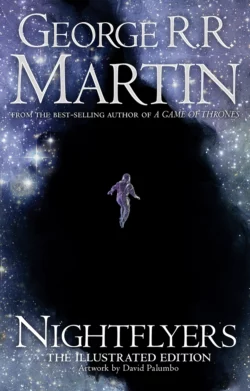Nightflyers

Джордж Мартин
Тип: электронная книга
Жанр: Современная зарубежная литература
Язык: на английском языке
Стоимость: 1246.16 ₽
Статус: В продаже
Издательство: HarperCollins
Дата публикации: 16.04.2024
Отзывы: Пока нет Добавить отзыв
О книге: Alien meets Psycho in a chilling mystery set on a haunted spaceship in this illustrated edition of a classic novella, soon to be an original series on Netflix, by the #1 bestselling author of A Game of Thrones. Brought to electrifying life with artwork by David Palumbo.On a voyage toward the boundaries of the known universe, nine misfit academics seek out first contact with a shadowy alien race.But the real enigma is the Nightflyer itself, a cybernetic wonder with an elusive captain no one has ever seen in the flesh.Soon, however, the crew discovers that their greatest mystery – and most dangerous threat – is an unexpected force aboard the ship wielding a thirst for blood and terror…Dark and beautiful art by David Palumbo brings the words of George R.R. Martin to life in a story of horror, murder and outer space that you do not want to miss.